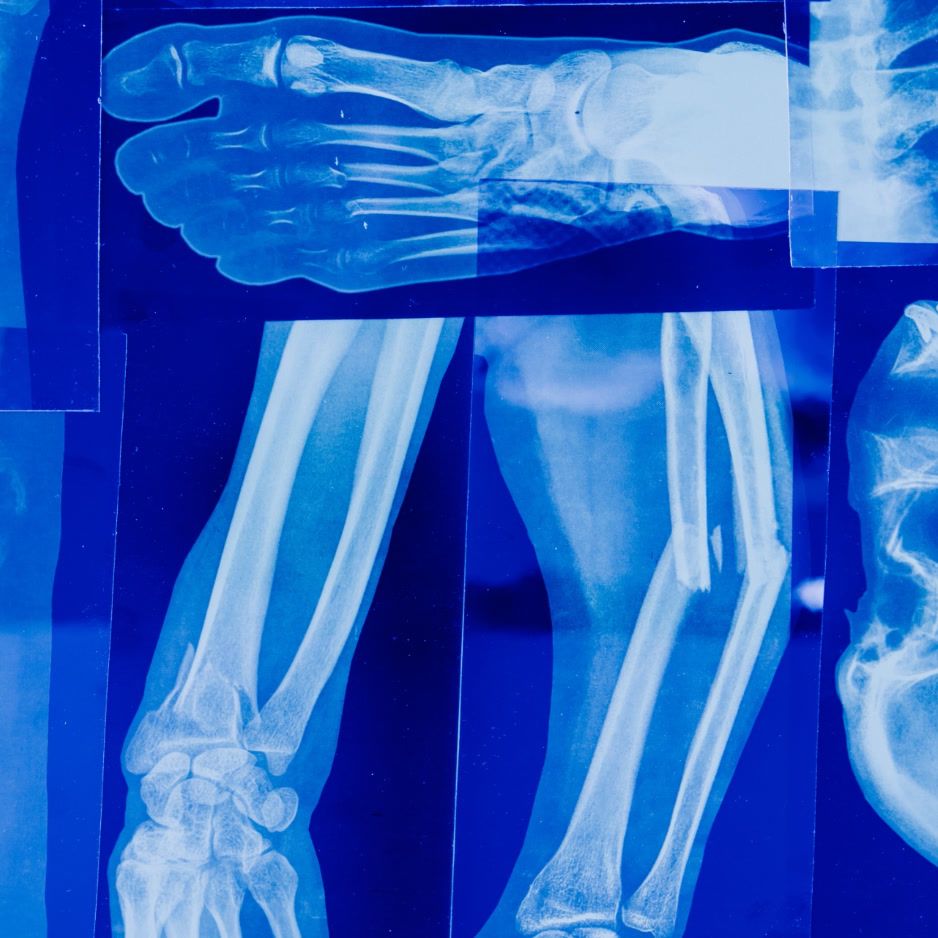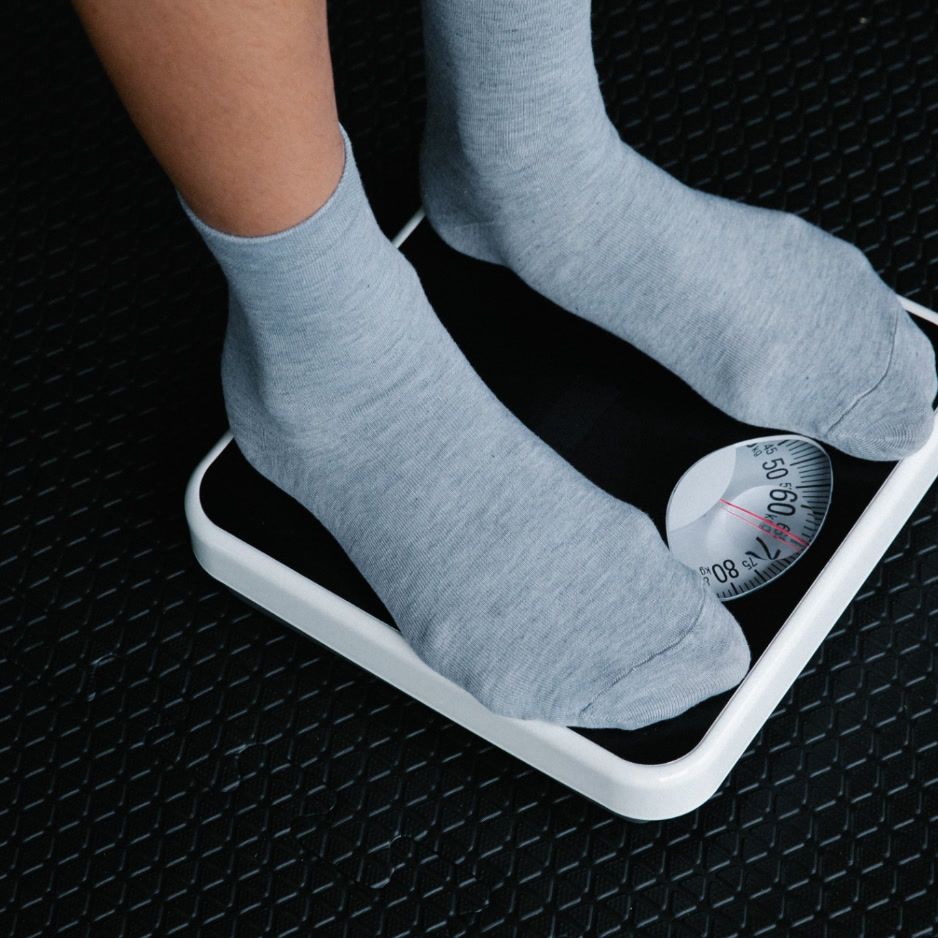Pre-Workout Side Effects: Risks & Safety Guide
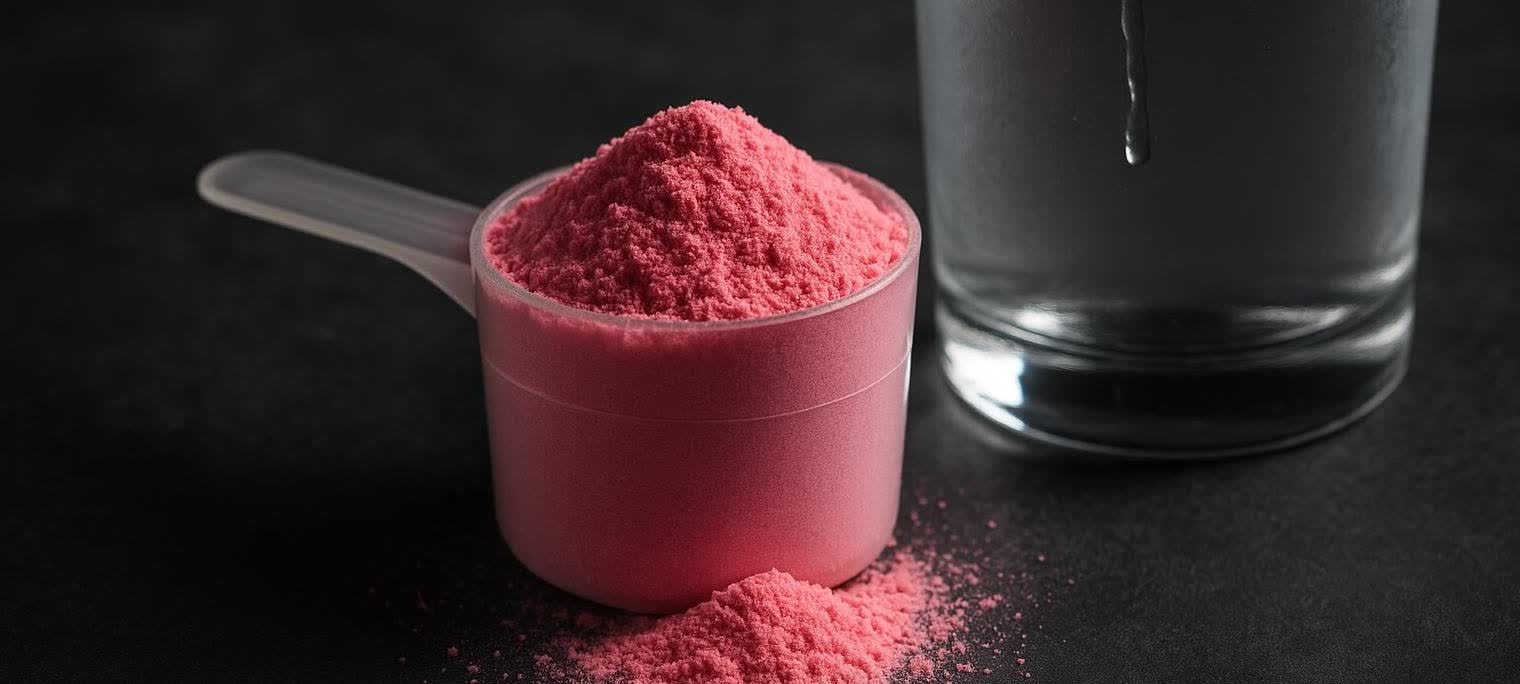
Pre-Workout Side Effects: Risks & Safety Guide
TL;DR – Quick Takeaways
- Most pre-workout side effects are tied to stimulant dose, individual tolerance, and timing.
- The four most-reported reactions are jitters, tingling skin, nausea, and insomnia (Cleveland Clinic).
- Safe caffeine ceilings hover around 3–6 mg per kilogram of body weight per day (Mayo Clinic).
- “Dry scooping” or doubling scoops dramatically raises risk of elevated blood pressure and arrhythmia (Parkview Health).
- Using a half-scoop test, hydrating well, and avoiding late-day doses can significantly reduce the risk of side effects (Jagim et al., 2019).

What’s Actually in “Pre-Workout” – And Why It Matters
Pre-workout formulas combine stimulants, amino acids, and vitamins to boost exercise performance. Here are the most common ingredients, what they do, and the downsides you should watch for:
| Ingredient | Typical Dose (per scoop) | Intended Benefit | Notable Side Effects |
|---|---|---|---|
| Caffeine | 150–300 mg | Energy, focus | Jitters, anxiety, insomnia, elevated heart rate |
| Beta-Alanine | 2–3.5 g | Buffer lactic acid | Tingling/paresthesia |
| Citrulline Malate | 4–8 g | Blood-flow “pump” | GI distress at high doses |
| Creatine | 3–5 g | Strength, power | Bloating, water retention |
| Niacin (Vit. B3) | 10–40 mg | Vasodilation | Flushing, itching |
| Yohimbine | 2–8 mg | Fat-burn, stimulant | Anxiety, spike in blood pressure |
| Proprietary blends | Not disclosed | Varies; marketed for energy, focus, pump, etc. | Side-effect risk is elevated due to unknown ingredient quantities, making safe dosage difficult to assess |
Most side-effect data comes from clinical trials and survey studies examining the acute and chronic impact of these ingredients on exercise populations (Jagim et al., 2019; Knapik et al., 2019).
The Most Common Short-Term Pre-Workout Side Effects
Surveys show about 54 percent of pre-workout users experience at least one immediate side effect—such as jitters, tingling, racing heart, or nausea—after consumption (Jagim et al., 2019). Below are the reactions you’re most likely to notice and how to head them off.
1. Jitters & Anxiety
Stimulant stacks flood the central nervous system, ramping up cortisol and adrenaline.
- Limit caffeine to ≤3 mg/kg body weight.
- Pair with slow, diaphragmatic breathing between sets.
2. Tingling or “Pins & Needles” (Paresthesia)

Beta-alanine binds to nerve receptors, causing harmless—but startling—skin tingles. The sensation peaks 15–20 minutes after ingestion and fades within an hour (Verywell Health).
- Split the dose (1 g morning, 1 g pre-workout).
- Look for sustained-release beta-alanine formulas.
3. Nausea & GI Distress

High-volume powder, artificial sweeteners, and large citrulline doses can slow gastric emptying. Roughly one in three users experience stomach upset when citrulline exceeds 6 g (Mayo Clinic).
- Mix with at least 12 oz water.
- Sip gradually over 10–15 minutes instead of “dry scooping.”
4. Headaches

High caffeine intake can constrict—and later dilate—blood vessels, resulting in rebound headaches; dehydration can compound the pain (Cleveland Clinic).
- Drink 16–20 oz water with electrolytes 30 minutes pre-workout.
- Monitor total caffeine so you don’t overshoot your limit.
Less-Common or Long-Term Concerns

Insomnia & Sleep Fragmentation
Caffeine’s half-life is 4–6 hours, meaning a 4 p.m. scoop may leave more than 75 mg circulating at 10 p.m. (Cleveland Clinic). Poor sleep undermines recovery and hormone balance; see sleep optimization techniques for solutions.
Hypertension & Cardiovascular Strain
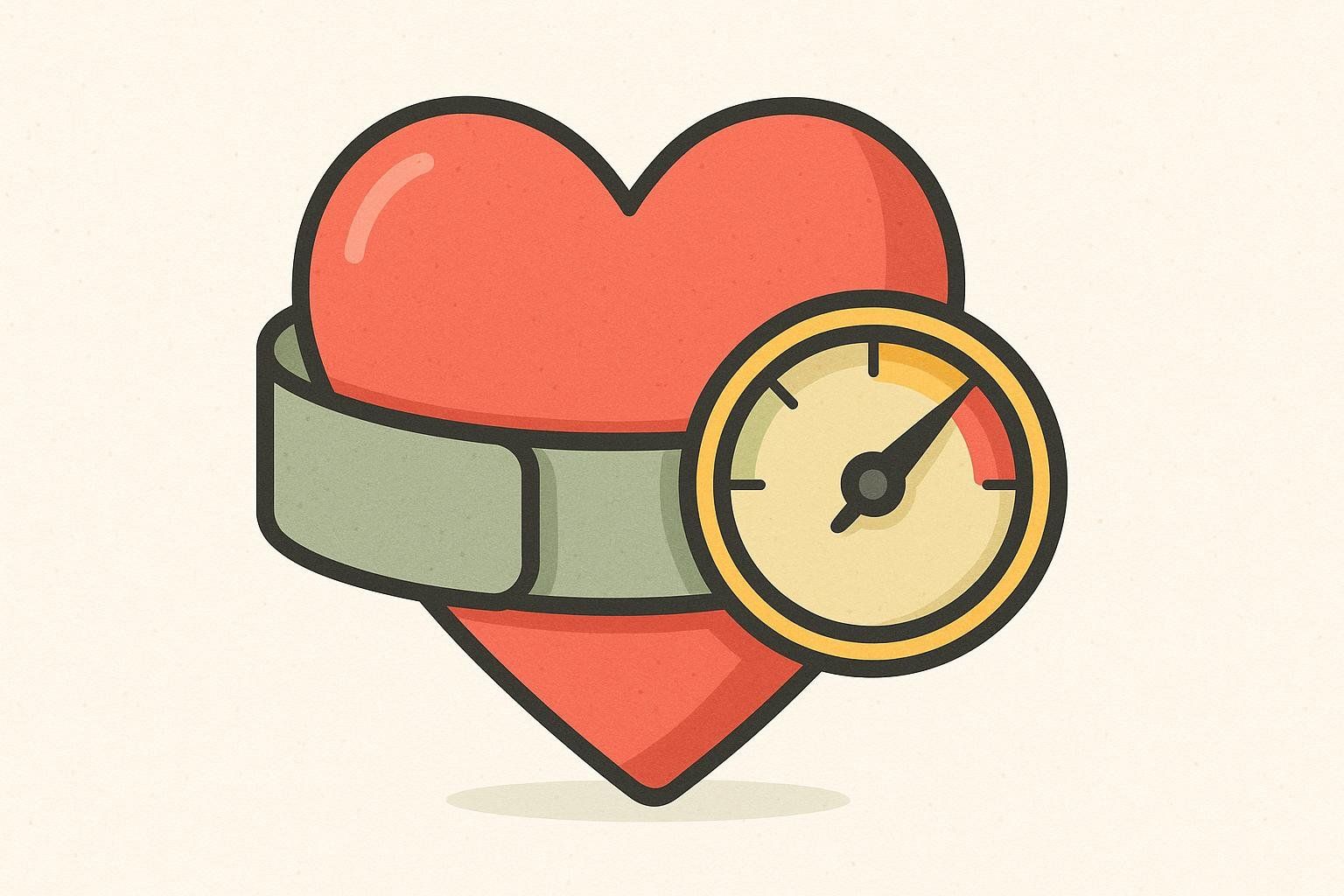
Emerging reviews link mega-dosing (≥400 mg caffeine plus yohimbine) with transient spikes in systolic blood pressure (the top number of a reading) of 15–25 mmHg (Trice et al., 2024).
Liver & Kidney Stress
Unregulated products containing banned stimulants like DMAA or other undisclosed additives are associated with elevated liver enzymes (a key indicator of liver stress) and rare cases of acute injury (Knapik et al., 2019).
Dependency & Tolerance
Habitual caffeine intake can desensitize adenosine receptors, reducing the perceived effect over time and tempting users to increase dosage (Nehlig, 2018). Sports-nutrition experts therefore recommend cycling off pre-workout every 6–8 weeks to restore sensitivity (ISSN Position Stand on Energy Drinks, 2023).
Calculating a Safe Caffeine Limit
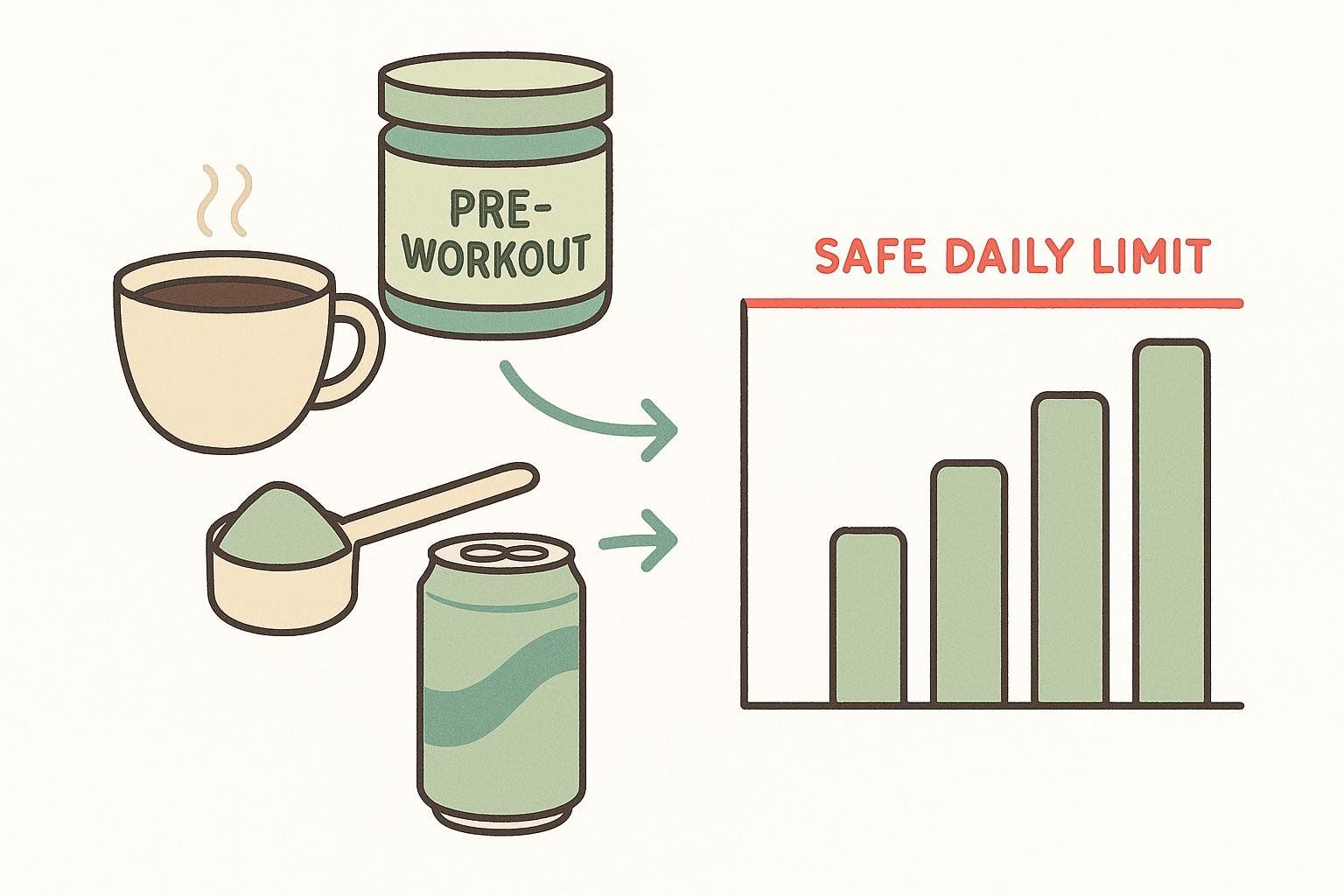
To stay within evidence-based guidelines, aim for 3–6 mg per kilogram (or 1.4–2.7 mg per pound) of body weight per day (Mayo Clinic).
Example: A 165-lb person would cap total caffeine between 230 mg and 450 mg—including coffee, energy drinks, soda, and pre-workout powder.
Track all sources so your scoop doesn’t push you past your personal ceiling.
Who Should Skip or Limit Pre-Workout?
- Pregnant or breastfeeding individuals (limited safety data)
- Anyone with uncontrolled hypertension or arrhythmia
- Adolescents under 18
- People taking MAOIs, SSRIs, or blood-pressure meds (possible interactions)
- Those experiencing chronic insomnia or anxiety disorders
If you fall into any category above, consult a physician or registered dietitian before using any pre-workout supplement.
Safety Checklist: 9 Ways to Minimize Pre-Workout Side Effects
The following best practices synthesize recommendations from the studies cited above and the ISSN Position Stand on Energy Drinks, 2023:
- Start with ½ scoop the first three uses.
- Time it 30–45 minutes pre-training to catch the energy peak.
- Track total daily caffeine – log every source.
- Hydrate with 20 oz water + electrolytes before lifting.
- Avoid “dry scooping.” Powder needs fluid to dissolve safely.
- Cycle off every 6–8 weeks to reset tolerance.
- Read labels for banned substances if you compete in tested sports.
- Pair with a carb–protein snack (banana + whey) to buffer stomach.
- Schedule your last stimulant at least 6 hours before bedtime.

For a deeper dive, read about nutrient timing.
When to Seek Medical Attention
- Chest pain or heart palpitations lasting more than 10 minutes
- Persistent nausea, vomiting, or abdominal pain
- Severe headaches or dizziness
- Yellowing of skin/eyes (possible liver injury)
Stop use immediately and contact a healthcare professional.
The Bottom Line
The goal with any pre-workout is simple: make sure the performance boost outweighs the potential drawbacks. Start with conservative doses, monitor side effects, and keep your overall caffeine within a safe range. A DEXA body-composition scan offers objective data on your lean mass and fat mass, helping you measure the effectiveness of your overall training and nutrition program.
Book a scan with BodySpec today and turn those numbers into smarter, safer decisions.
